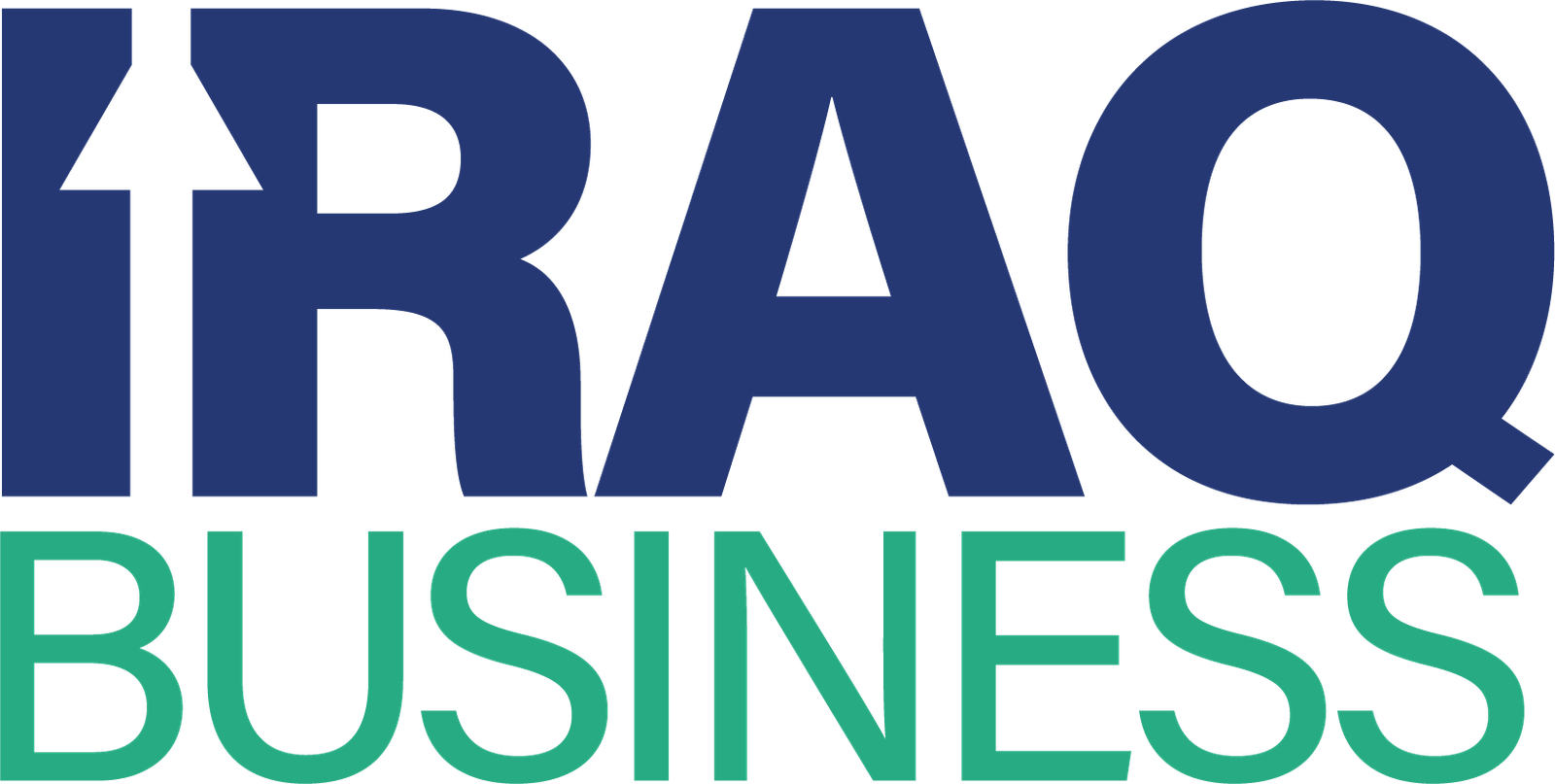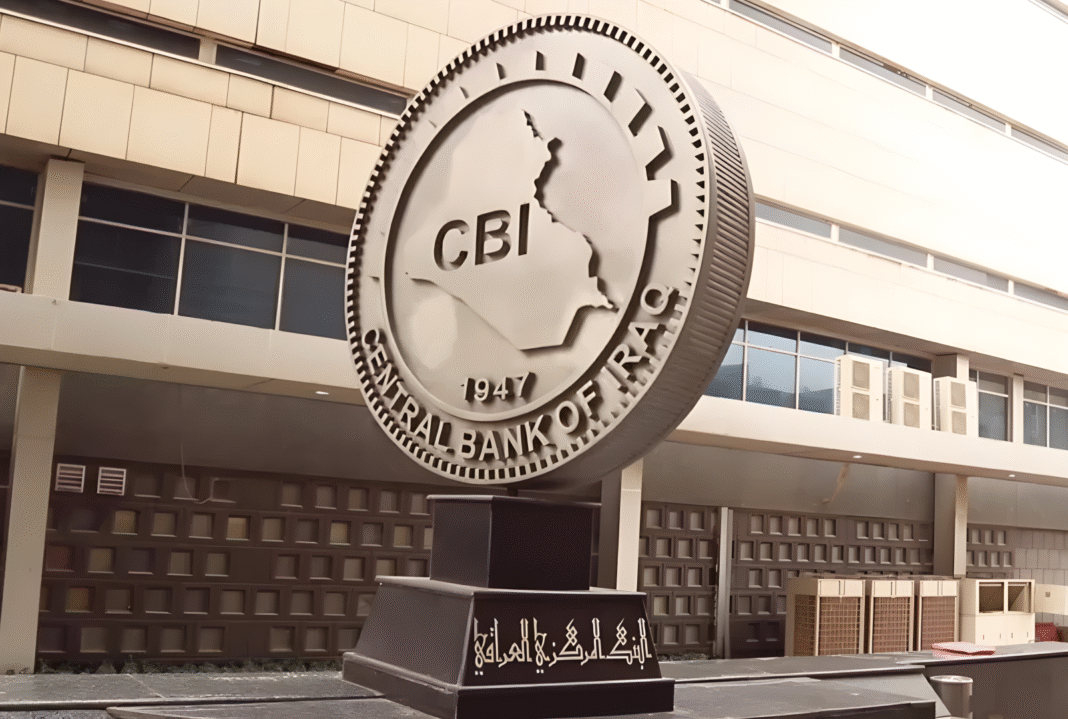Iraq debt levels shifted in 2024 and early 2025, according to new data from the Central Bank of Iraq (CBI). The bank reported a slight drop in external debt alongside a rise in internal borrowing, painting a mixed picture of the country’s fiscal health.
In its latest report, released Saturday, the CBI said Iraq’s external debt fell by nearly 3% in 2024. Specifically, the figure dropped from $56.207 billion at the end of 2023 to $54.601 billion by the close of 2024. This decline highlights Iraq’s ongoing efforts to manage and reduce its foreign currency obligations.
However, while external debt improved, internal debt increased. By the end of June 2025, Iraq’s domestic public debt reached 85.586 trillion Iraqi dinars. That’s up from 83.080 trillion dinars at the end of 2024. The growth reflects greater reliance on internal sources to fund government operations and address spending gaps.
These shifts in Iraq debt levels suggest a strategic adjustment in financial planning. The government appears to be focusing on reducing its exposure to foreign debt while leaning more on local borrowing. This move could offer greater control over repayment terms and lessen vulnerability to global interest rate fluctuations.
Economists view the decline in external debt as a positive development. Reducing foreign debt can help Iraq improve its creditworthiness and lower the cost of future borrowing. At the same time, an increase in domestic debt may signal pressure on the government to meet financial obligations amid delays in budget implementation or oil revenue shortfalls.
The CBI’s report offers transparency into the country’s debt profile at a time of rising regional uncertainty and financial reform. Iraq’s economy still depends heavily on oil exports, which are influenced by global prices and geopolitical developments. This makes effective debt management crucial for long-term fiscal stability.
Still, concerns remain over how internal debt growth could affect inflation and liquidity. If the government borrows too much from domestic banks, it could strain the financial sector and limit lending to private businesses. Therefore, careful planning is essential to balance debt growth with economic development.
In summary, Iraq debt levels show modest improvement externally but rising pressure internally. The figures reflect both progress and new challenges as the country navigates its economic path forward.


